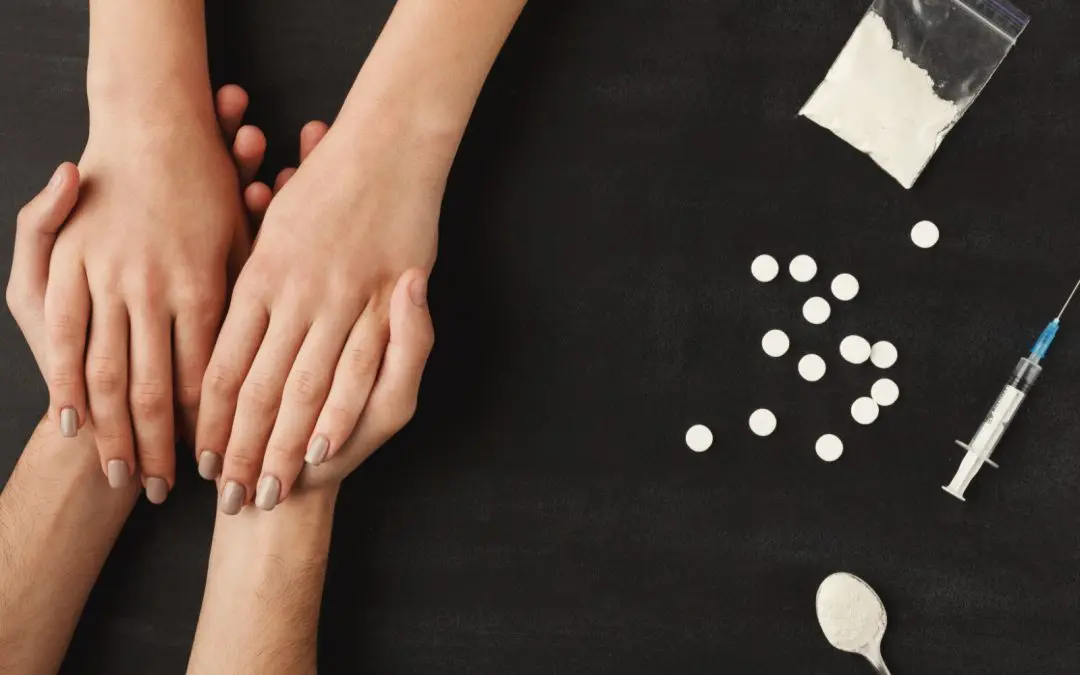has become a pivotal resource for individuals battling addiction, providing comprehensive and compassionate care tailored to various types of substance dependencies including alcohol, opioids, stimulants, and more. These centers emphasize a holistic approach to treatment, recognizing the interconnectedness of mental, emotional, and physical well-being in the recovery process. In Austin, the emphasis on evidence-based therapies, coupled with supportive peer environments, creates a nurturing atmosphere critical for healing. Historically, the rise of these rehab centers in Austin reflects a growing recognition of addiction as a public health issue, prompting a push for accessible treatment options across the country. Their impact in the US is profound, not only facilitating personal recovery stories but also contributing to broader societal change through education and advocacy. The availability of a diverse range of treatment modalities, from conventional therapies to innovative holistic approaches, underscores the importance of these rehab centers in Austin, reinforcing the need for continued investment in addiction recovery services.
Learn more about Residential Rehab centers in Austin













































